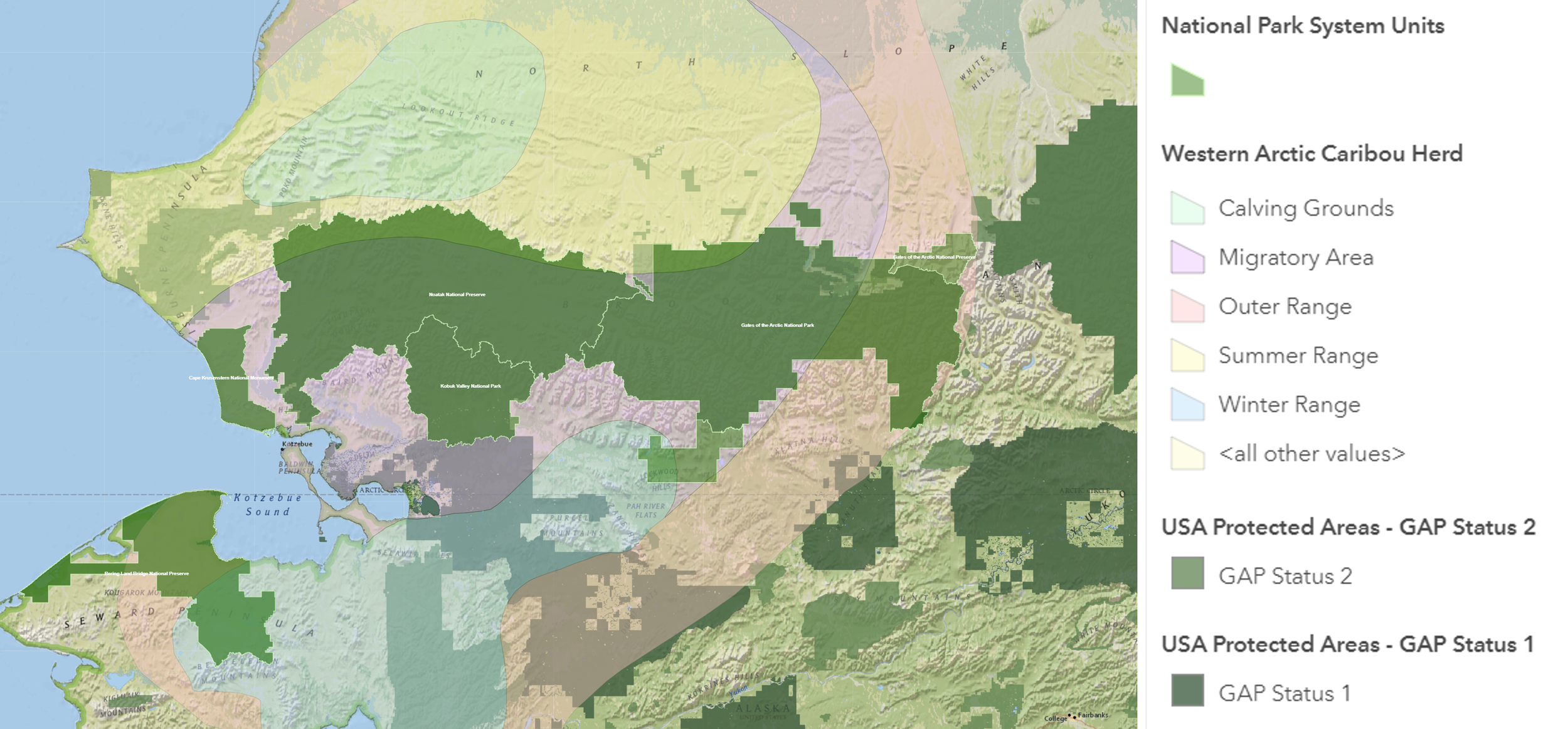
Spotlighting coastal resiliency challenges for park managers
The Institute thanks all participants and sponsors of the 2024 Coastal Resiliency Research Symposium for contributing to such incredible and timely discussions.
The symposium caught the attention of Public Radio for Eastern North Carolina, with Annette Weston interviewing Congressman Greg Murphy, M.D. and the Park Institute’s own Tyler Sammis on policy options reviewed during the event.
Review the Institute’s latest research
The Institute is intently focused on the workforce challenges of today so the conservation community is prepared for 2030 and beyond.
Augmenting Conservation Hiring
A Needs Analysis of Diversity-Focused Conservation Recruitment Practices
This report examines the current state of conservation recruitment. It aggregates and synthesizes data, testimonials, and recommendations from over 60 sources – including academic studies, non-governmental research, agency planning documents, press articles, and industry surveys - the majority of which were published within the past four years. The report is organized into three parts. The first section details the scale of staffing and workforce diversity challenges that conservation employers face, exploring both the origins and the impacts of these limitations. The second section reviews how conservation employers are currently attempting to diversify their labor force by using various recruitment approaches, training programs, and ancillary benefits. After identifying a prominent gap in the collective conservation recruitment effort, the final section outlines a single recommendation: creating an applicant resource with key features needed to reach previously excluded and/or uninterested candidates.
Key Attributes
We found seven core elements that successful conservation recruitment tools must contain.
-
Outreach and recruitment tools should be oriented towards entry-level applicants, specifically high school and college aged individuals, as the primary audience.
-
Storytelling is key to broadening candidate outreach. Career profiles and position descriptions should be supported with inclusive narratives from both experienced practitioners and young professionals.
-
Tools must be easily accessible by job seekers themselves, not just guidance counselors, educators, and career services teams. Dedicated web and mobile applications can consolidate information and expand outreach.
-
Career profiles and position descriptions should be simplified and easy to interpret. To avoid self-exclusion, positions should be framed around candidates’ interests and capabilities, not their technical, experiential, and educational background.
-
Growth potential should be visually evident and demonstrate progression along both traditional pathways and paths candidates may not have considered, encouraging further career exploration.
-
Tools should highlight profiles and pathways broadly across all sectors - including federal, state, nonprofit, and for-profit employers - to counter the perception that conservation is limited to government’s role in natural resource management.
-
Recruitment tools must include calls to action, mentorship opportunities, and resource links that enable job seekers to take follow-on steps in their career exploration.
2026 Fellowship Programs
Alongside its 30x30 conservation partners, the Park Institute is proud to offer two immersive fellowship opportunities: the National Parks Conservation Association’s Land & Seascape Conservation Fellowship and the Chesapeake Conservancy’s Sally S. Kleberg Conservation Data & Policy Fellowship. These Summer ‘26 professional development opportunities are available exclusively to select candidates from Duke University’s Nicholas School of the Environment.
“This experience helped me see data as a storytelling tool — one that can move people to care about our shared environment.”
Support parks so they can support us
Together with our conservation partners, our affiliated research institutions, and our communities, the Institute develops programs to strengthen parks in four ways.
Communicate the values of parks
Parks have different meanings for different communities. We examine the many definitions and types of protected spaces, as well as the categories and measures of benefits they produce, to create tools that help communities share the reasons why parks matter to them.
Promote park partnership models
When everyone is a park stakeholder, strong partnerships are needed to connect people with ideas to achieve meaningful action. We explore public-private partnerships that enable market-based conservation to thrive, and we identify nature-based solutions that outperform traditional policy approaches.
Drive innovative research
Science should guide conservation policy and produce the tools, techniques, and conservation information to best serve the public. We collaborate with research institutions studying innovative technologies and conservation practices that enhance resource protection while promoting equitable, sustainable access.
Develop career pathways
Everyone deserves to enjoy parks, and the conservation workforce should be as strong and representative as our nation. We examine barriers to park recruitment, retention, and diversification, and we help create training focused on climate adaptation and solving the next era of conservation challenges.
“The ultimate test of man’s conscience may be his willingness to sacrifice something today for future generations whose words of thanks will not be heard.”













